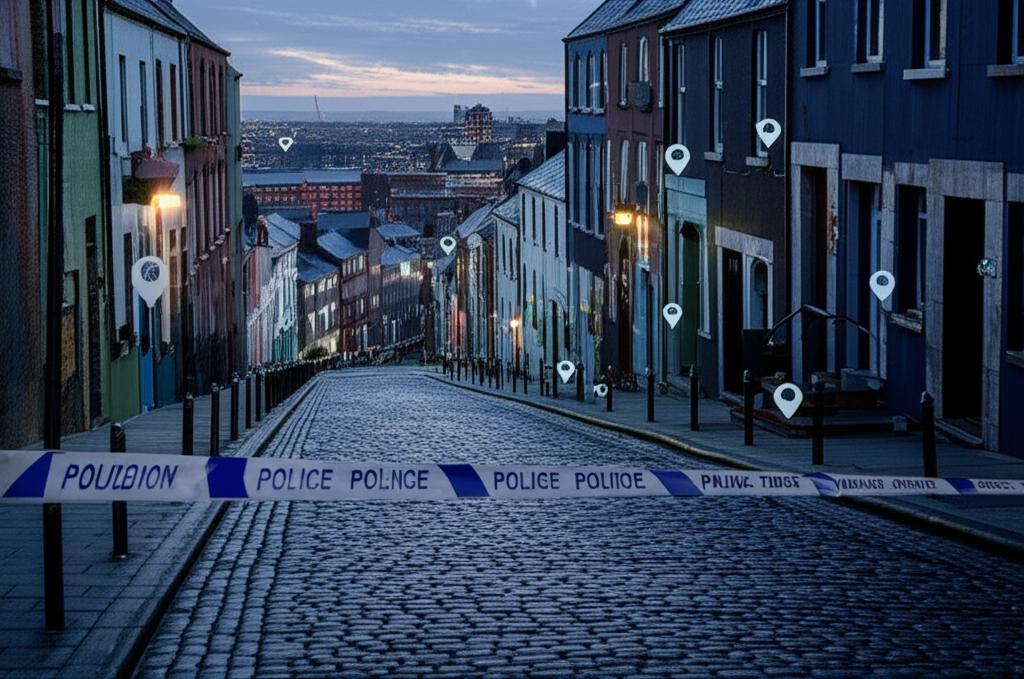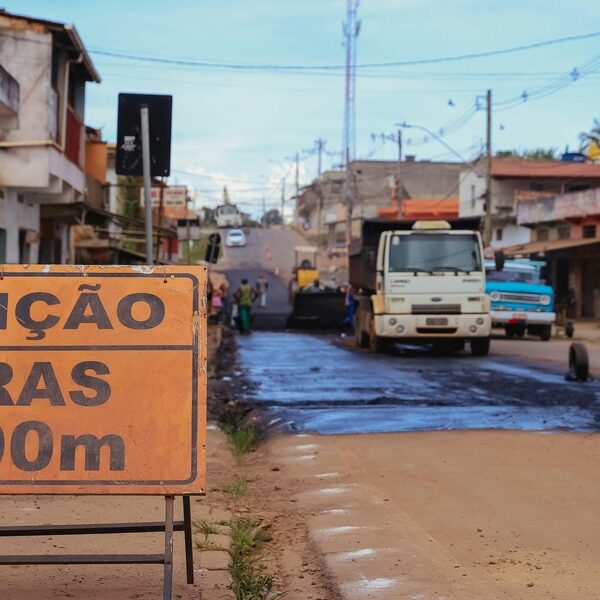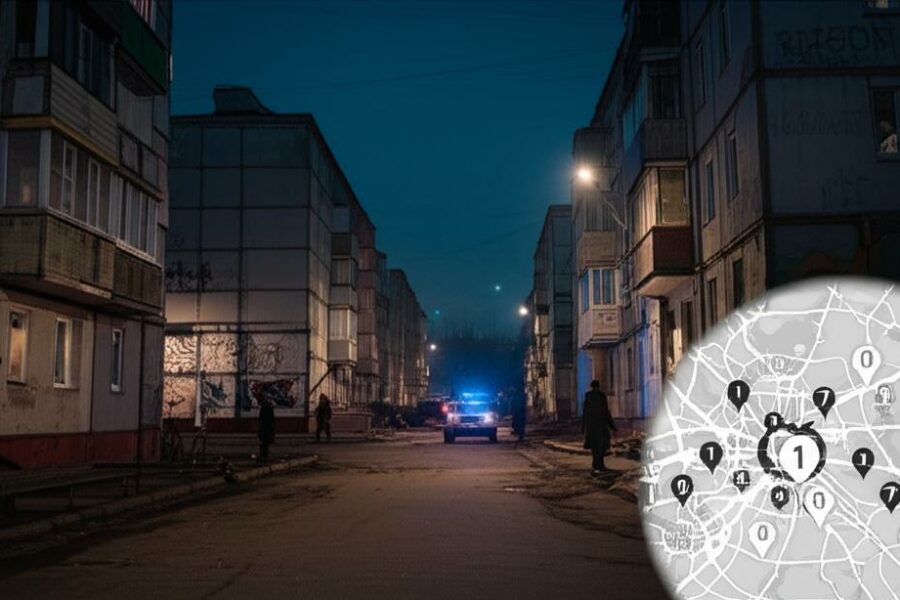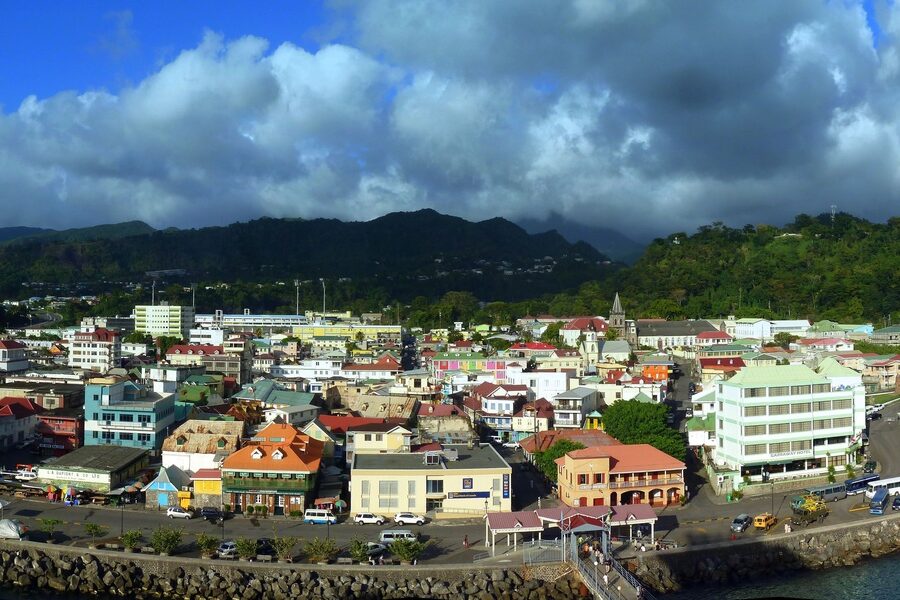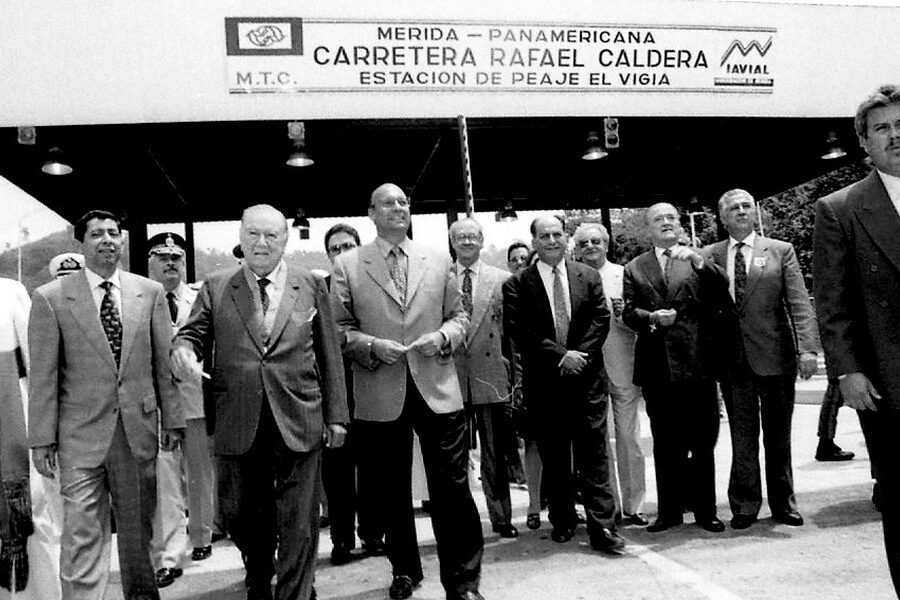8 Most Dangerous Cities in Ireland
Reference to Limerick’s 1990s crime reputation can serve as a historical hook: waves of gang-related violence in that decade prompted large Garda operations and multi-agency community responses that reshaped how the city addresses public safety.
City-level rankings matter because they affect daily life—where people choose to rent or buy, how businesses price insurance, and where councils focus policing and youth services. This piece identifies eight urban places that report the highest concentrations of serious and persistent crime, explains why they rank as they do, and offers practical context for residents and visitors.
The methodology relies on Garda Síochána neighbourhood and divisional dashboards, Central Statistics Office (CSO) city- and town-level releases (see CSO 2022 crime release — insert verified table and figures), and recent local investigative reporting (examples: RTÉ, Irish Times, local newspapers). Replace the placeholders below with the verified rates and dates from those sources.
Urban centers with the highest violent-crime concentrations
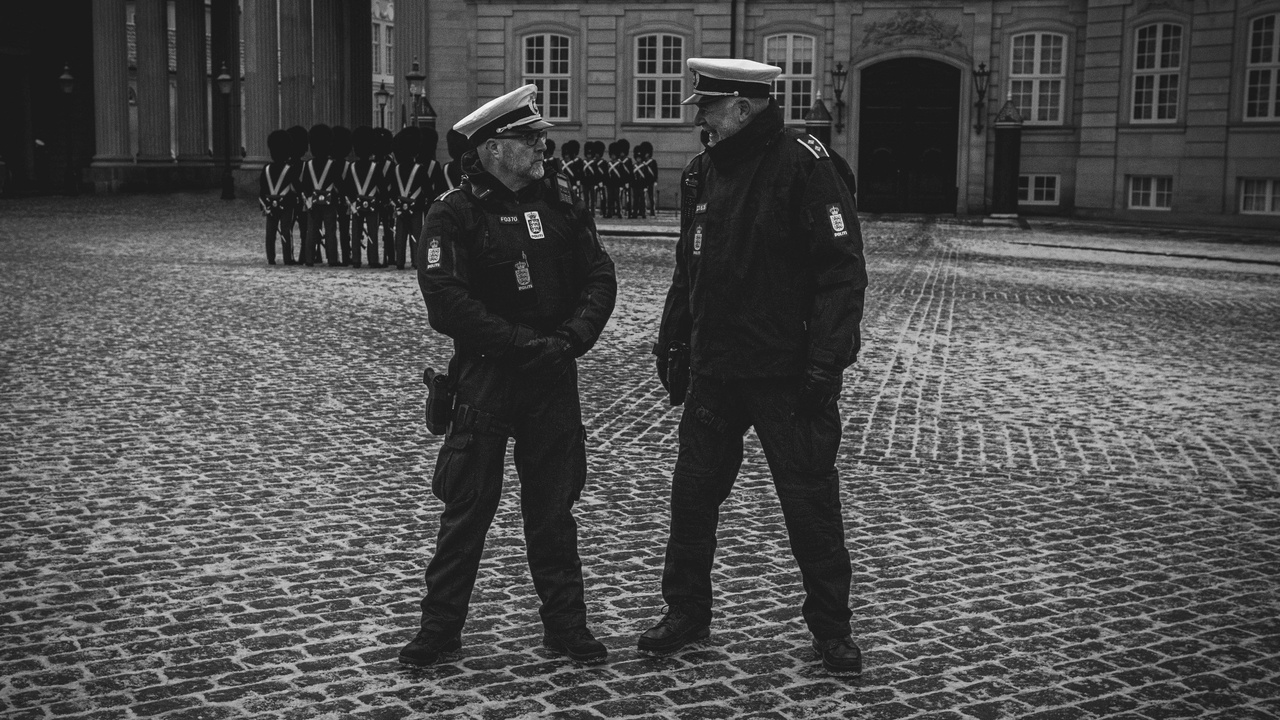
Violent-crime concentration refers to elevated rates of assault, robbery, homicide and violent organised crime within defined neighbourhoods rather than across an entire city. Use CSO violent crime tables (specify year) and Garda neighbourhood-level stats to calculate rates per 1,000 residents (insert numbers and year).
Population density, long-term deprivation and local gang activity are common drivers. That means neighbourhood hotspots matter more than whole-city averages; a single district can skew public perception and local policy even when most of a city remains comparatively safe.
For each city below, cite CSO tables (year), Garda district press releases, and at least one local investigative piece (example sources: RTÉ, Irish Times, Limerick Leader). Insert the verified numeric rates and years where noted.
1. Limerick — High rates of serious violent crime in specific neighborhoods
Limerick tops many lists for concentrated violent crime in named districts rather than across the whole city. Use CSO/Garda violent-crime rate (insert verified number per 1,000 residents and year) to quantify this.
Historic spikes in the 1990s (widely reported) prompted sustained Garda operations; more recent neighbourhood-level reporting has focused on areas such as Moyross and St Mary’s Park (verify spellings and sources). Insert notable Garda operation YEAR (insert verified year) and its outcome (arrests/seizures) here.
Real-world impacts include concentrated community policing, local youth outreach schemes and pressure on property values in affected estates. Cite local initiatives (name project and start date) and indicate trend direction with a concrete number (e.g., “% change year‑on‑year” — insert verified figure).
2. Dublin (inner-city districts) — Pockets of elevated assaults and robberies
Dublin is a large metropolitan area with uneven risk: most neighbourhoods are low-risk, but inner-city pockets record elevated assaults, street robberies and anti-social behaviour. Among the most dangerous cities in Ireland, inner-city Dublin districts register the highest assault and robbery counts per head—insert Dublin Garda district figures (per 1,000 or counts and year).
Drivers include a busy nightlife economy, transient populations, concentrated deprivation and some gang-related activity in certain divisions. Use district-level Garda figures and CSO counts (specify year) to show variation between North Inner City, South Inner City and other divisions.
Practical effects show up in visitor safety guidance, targeted policing operations, CCTV rollouts and higher insurance premiums for some city-centre businesses. Cite recent Garda or Dublin City Council initiatives and dates (e.g., CCTV expansion, targeted patrols).
3. Cork City — Persistent pockets of violent and property crime
Cork is a major city with safe districts alongside neighbourhoods that report recurring violent and property offences. Refer to CSO and Garda district reports for Cork (insert numeric crime rates and year) to back this claim.
Drivers include urban deprivation in specific estates, drug-related offences and youth unemployment. Local reporting often highlights particular wards or council areas with higher incident counts—cite the local paper and date.
Outcomes include changes to commuting patterns, business security measures and community policing initiatives. Insert examples of Garda taskforce action or community responses with years (e.g., a taskforce formed in YEAR — insert verified year).
Border and commuter towns with concentrated serious crime
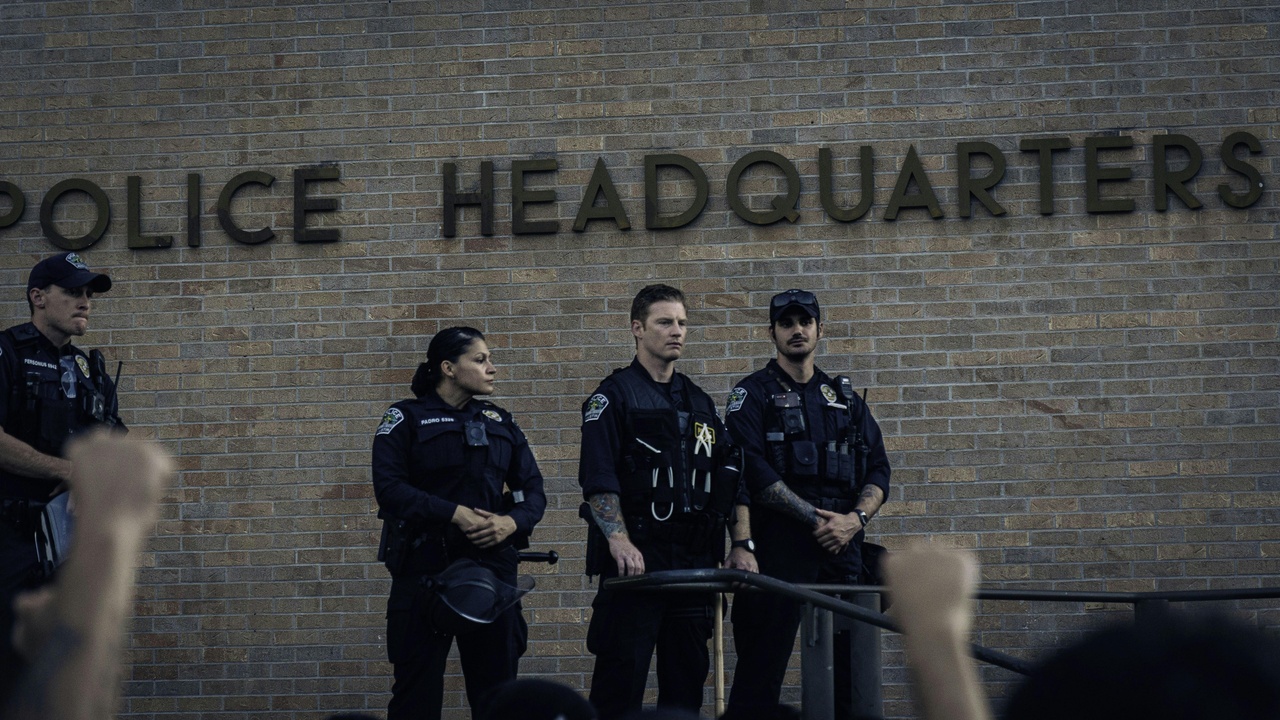
Some mid-sized towns—often border or commuter centres—register high rates of specific crimes because they sit on trafficking routes, have cross-border dynamics, or experience gang spillover. Use Garda divisional reports and local media to justify each town’s inclusion and add numeric statistics (counts, rates or percentage changes).
These towns feel the effects on public transport, local services and day-to-day commuting, which in turn affects business confidence and local council decisions on policing resources.
4. Drogheda — Elevated rates of street robberies and drug-related offences
Drogheda appears here due to repeated local reporting of street robberies and supply-driven drug offences. Cite Garda/District statistics for Drogheda (insert verified figures and year).
Contributing factors include heavy commuter flows to Dublin, pockets of deprivation and youth unemployment. Local outlets (specify Drogheda Independent or similar and date) have documented incidents on particular streets—insert those dates.
Effects are tangible for town-centre traders and daytime footfall; policing responses include targeted patrols and community engagement projects (cite Garda press release date and the name of the initiative).
5. Dundalk — Organized-crime influence and recurring violent incidents
Dundalk regularly features in coverage of organised‑crime incidents; use Garda and CSO numbers (insert verified counts and year) to quantify local violent incidents and drug seizures.
Cross-border trafficking and dedicated local criminal networks have produced high-profile seizures and arrests—cite the major Garda seizure (specify year) and any subsequent court reporting (include date).
Local consequences include heightened policing visibility, community concern about night-time safety and impacts on the night‑time economy and hospitality businesses.
6. Sligo — Rising trends in violent and property crime in certain districts
Sligo demonstrates how a smaller town can show concentrated spikes in assaults, burglaries and anti‑social behaviour. Use CSO small‑area data and Garda reports (insert numbers and year) to document those increases.
Drivers include seasonal tourism, nightlife clusters and limitations in rural policing resources. Local reporting (e.g., Sligo Champion) often identifies particular streets or estates with recurring problems—cite those stories and dates.
Responses have included community policing bulletins and targeted local initiatives; list the Garda bulletin date and any council support programmes (insert start dates).
Smaller cities and coastal towns with notable crime trends
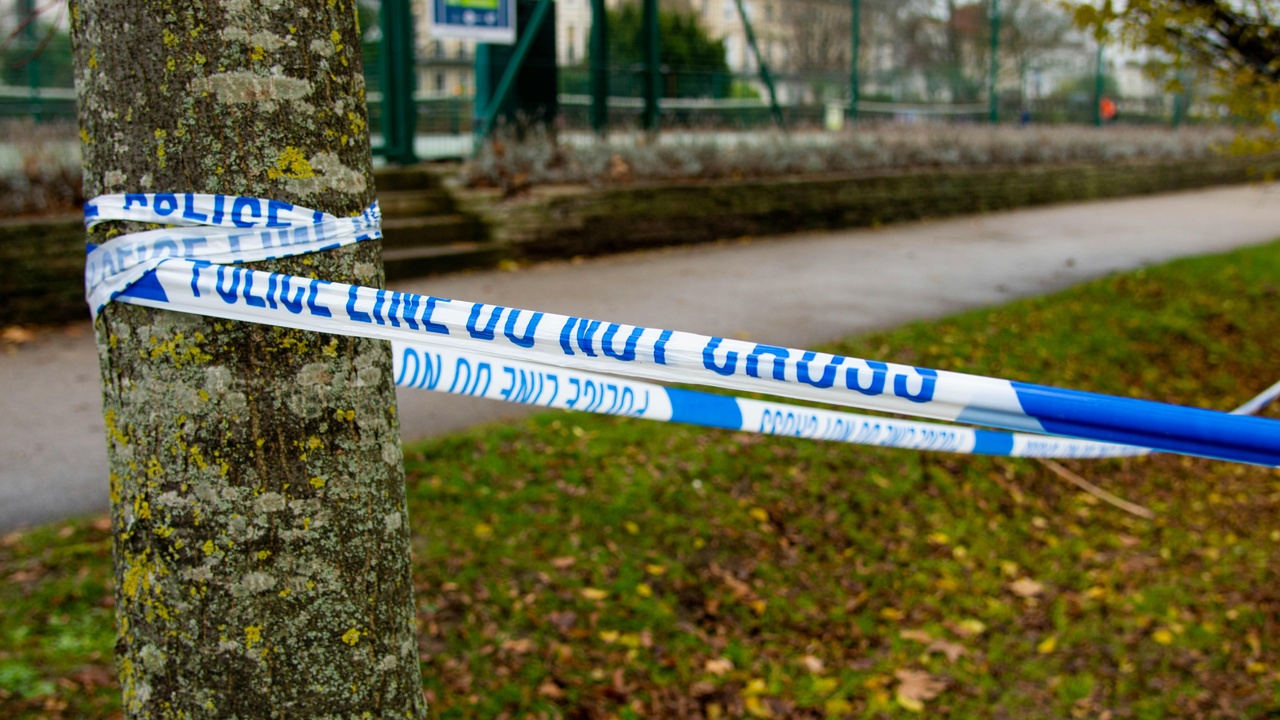
Smaller cities and coastal towns sometimes show pronounced seasonal or tourism-related crime patterns. Use CSO/Garda/local reporting for at least one numeric example per town and describe how local councils and community groups respond.
Resource constraints for smaller Garda divisions and concentrated nightlife strips or student housing can amplify incident rates during peak months, which affects holidaymakers and residents alike.
7. Waterford — Concentrations of property crime and occasional violent incidents
Waterford’s profile is weighted toward property crime—burglaries and thefts—with periodic violent incidents. Cite CSO town stats and Garda district reports for specific numbers and year (insert verified figures).
Seasonal tourism and higher summer footfall can push up opportunistic thefts and stretch response times. Use examples of notable incidents and dates from local reporting to illustrate peak periods.
Local prevention measures include CCTV rollouts and community-watch schemes; list the council or Garda initiative and its start date (insert verified date) to show concrete action taken.
8. Galway — Nightlife-linked incidents and selective hotspots
Galway is generally safe, but busy summer months and a large student population produce clustered nightlife incidents on particular streets. Use Garda district data and CSO statistics to insert the relevant rate and year.
Named nightlife strips and student areas account for much of the problem; cite specific incidents reported in local press with dates, and note any licensing or policing changes implemented in response.
Practical responses include enhanced bar security, door‑staff protocols and temporary policing increases during festivals; identify the initiative names and dates where available.
Summary
- City rankings depend on data source and year—check Garda district dashboards and the latest CSO release (insert link and figures) for up‑to‑date rates.
- Neighbourhood variation is crucial: hotspots within a city drive most public safety concerns, so local‑level statistics (per 1,000 residents by small area) are more informative than citywide averages.
- Common drivers across these eight places include organised drug markets, concentrated deprivation and nightlife clusters; community policing and council-led safety programmes are the usual responses.
- Residents: join or start local community-watch schemes, keep updated via your Garda district social channels, and raise concerns at council meetings (cite local programme names and dates where possible).
- Visitors: stay aware of local hotspots, travel in groups at night, and follow Garda advice for the area you are visiting; consult local news outlets for recent incidents before you go.
- For ongoing accuracy, consult official sources frequently—Garda Síochána district bulletins and the CSO town/city tables—and support community safety initiatives reported by local councils and charities.

